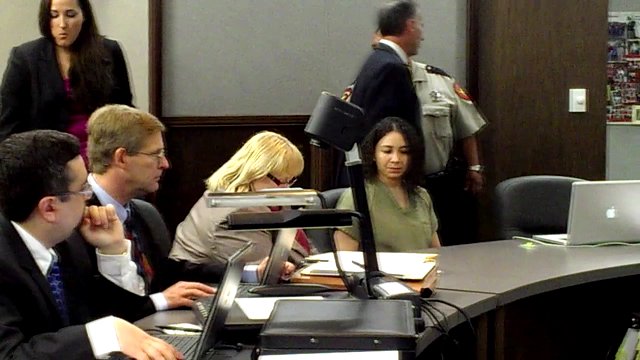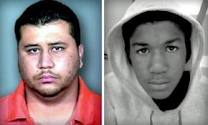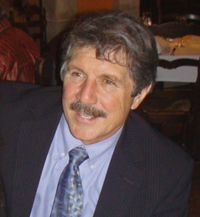 Texas’ execution of Marvin Wilson raises the issue of whether this state violated the Eighth Amendment’s prohibition of cruel and unusual punishment. In the United States of America it is illegal and immoral to execute a child. But, the line between right and wrong blurs when the execution of a man with the intelligence of a child is in question. The execution of Marvin Wilson, whose mental capabilities was that of a seven-year-old, is a gross miscarriage of justice. The Eighth Amendment of the US Constitution states that “excessive bail shall not be required, nor excessive fines imposed, nor cruel and unusual punishments inflicted.” Texas has effectively slapped the Eighth Amendment in the face.
Texas’ execution of Marvin Wilson raises the issue of whether this state violated the Eighth Amendment’s prohibition of cruel and unusual punishment. In the United States of America it is illegal and immoral to execute a child. But, the line between right and wrong blurs when the execution of a man with the intelligence of a child is in question. The execution of Marvin Wilson, whose mental capabilities was that of a seven-year-old, is a gross miscarriage of justice. The Eighth Amendment of the US Constitution states that “excessive bail shall not be required, nor excessive fines imposed, nor cruel and unusual punishments inflicted.” Texas has effectively slapped the Eighth Amendment in the face.
Marvin Wilson, 54, was executed in Huntsville, TX, on Tuesday, August 7, 2012. Wilson was convicted in 1992 for the shooting of 21-year-old Jerry Robert Williams in Beaumont, TX. Wilson was sentenced to death for the murder of Williams, even though the prosecution had no forensic evidence and failed to find any eyewitnesses to the actual shooting. Wilson was tried in the District Court of Jefferson County and entered death row on May 9, 1992. Wilson filed on March 3, 2006, with the US Court of Appeals Fifth Circuit.
Williams was a police informant when he was killed on November 10, 1992. Wilson had been arrested for drug possession and out on bond when Williams was murdered. Andrew Lewis was Wilson’s accomplice, and witnesses claimed they saw Wilson and Lewis drive away from a gas station with Williams in the car. Williams was later found with gun shots in his head.
Continue reading
 San Antonio Criminal Lawyers Blog
San Antonio Criminal Lawyers Blog






 Stand Your Ground Law, Shoot First Law, Castle Doctrine, Make My Day Law, Defense of Habitation Law – There are many names across the United States used to describe the approved use of deadly force by a person who feels threatened. In the wake of the shooting death of Florida teenager
Stand Your Ground Law, Shoot First Law, Castle Doctrine, Make My Day Law, Defense of Habitation Law – There are many names across the United States used to describe the approved use of deadly force by a person who feels threatened. In the wake of the shooting death of Florida teenager  Two intoxication manslaughter trials in
Two intoxication manslaughter trials in  Family, friends, and the
Family, friends, and the